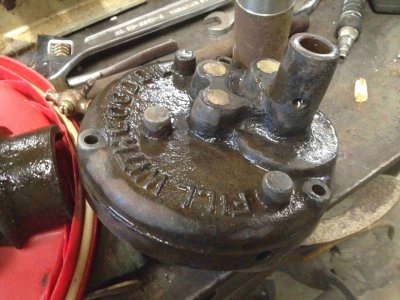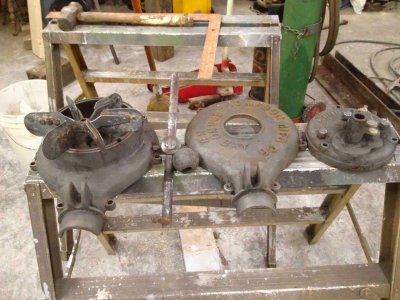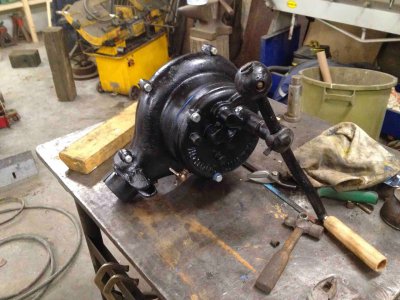I've used just about all of the de-rusting methods discussed here. Electrolysis worked fine, but in my experience, it was no better than other methods that I consider simpler. My main approach these days is phosphoric. It's simple, effective, cheap, safe, and non-toxic. It also leaves a surface coating of iron phosphate that offers some protection, and is a good base for paint.
Some time back, I did a quasi-scientific test of phosphoric acid vs EvapoRust. Performance of these two in terms of effectiveness and speed was just about a wash. This (for me) puts phosphoric on top on grounds of cost.
On the topic of hydrogen embrittlement: It is a real issue, but only for high strength or hardened steels, and even for these, there are well known processes to mitigate the problem.
Ed
Some time back, I did a quasi-scientific test of phosphoric acid vs EvapoRust. Performance of these two in terms of effectiveness and speed was just about a wash. This (for me) puts phosphoric on top on grounds of cost.
On the topic of hydrogen embrittlement: It is a real issue, but only for high strength or hardened steels, and even for these, there are well known processes to mitigate the problem.
Ed




